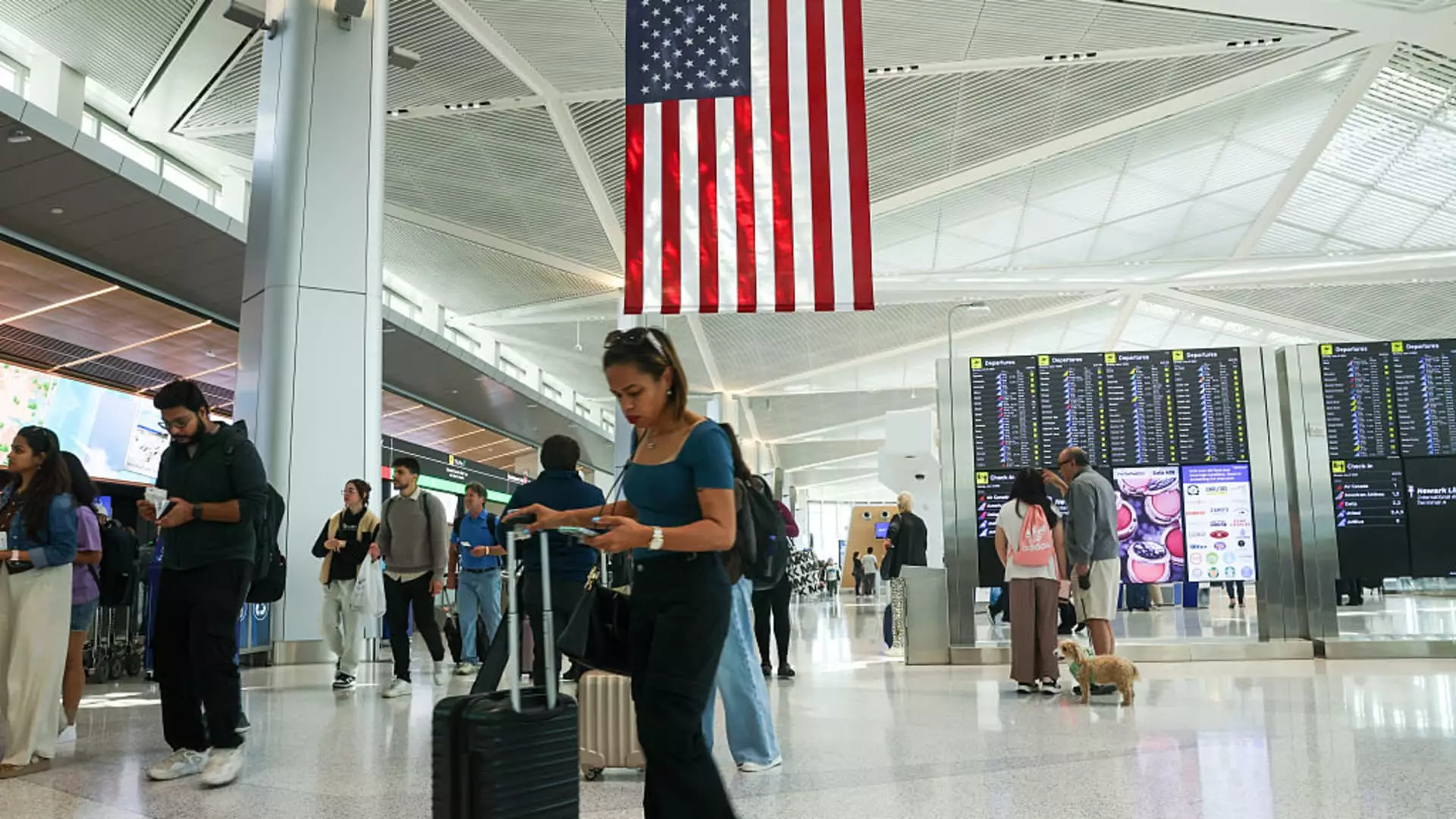Despite the widespread anticipation of a bustling July 4 holiday, the airline industry faces a stark reality: a paradox of high passenger volume yet fragile economic signals. While millions are expected to traverse U.S. skies during this patriotic weekend, the broader outlook for the remainder of the year remains clouded with uncertainty. Airlines, traditionally the backbone of leisure and business mobility, are demonstrating signs of caution that many analysts overlook. They’re not just tightening their belts; they’re signaling a potential downturn that hints at more profound economic shifts. This ambivalence exposes a fragility in the airline ecosystem—an unstable balancing act between capacity, demand, and profitability.
Lower Fares? A Symptom of Deeper Troubles
The summer’s discounted fares—averaging $265 round-trip domestically—are often celebrated as consumer wins. Yet, beneath this apparent boon lies a sobering reality. Airlines are reducing prices not solely to attract travelers but because they are desperate to fill seats amidst faltering demand. This isn’t an industry in a thriving phase; it’s a sector in crisis, marked by overcapacity and waning willingness to pay. So-called “summer sales” are less an indicator of economic health and more a sign of desperation, reflecting carriers’ attempts to stay afloat in an environment where the traditional demand drivers are weakening.
Economic Headwinds and Policy Uncertainty Undermine Confidence
The airline industry’s recent earnings outlook is riddled with worry. Major players like Delta, American, and Alaska have already withdrew their 2025 forecasts, citing an unpredictable global economic landscape. Tariffs, geopolitical tensions, and reductions in international visitors have collectively cast long shadows over future prosperity. It’s clear that even once seemingly stable routes and markets are now riddled with uncertainty. The impact of US-China tensions and global economic disruptions has not spared the skies, and industry insiders remain cautious, hesitant to commit to optimistic forecasts. This uncertainty weighs heavily on the industry, as airlines find themselves caught between short-term survival and long-term sustainability.
Demand Deterioration—A Sign of Broader Economic Shifts
Despite robust travel volumes expected during peak summer days—over 18.5 million TSA screenings near record levels—demand signals do not mirror the same vibrancy. Consumer spending on travel, a critical indicator, has sharply declined—down 11.8% in June alone—indicating a slowdown in discretionary expenditure. These figures suggest that consumers may be holding back amid lingering economic anxieties or adjusting their travel plans due to inflation and inflationary pressures. The employment numbers paint a complex picture: solid job creation on one hand, yet tepid consumer spending on the other. The message is clear: consumers are cautious, and their willingness to travel, especially for leisure, is waning, with ripple effects on the entire travel industry.
International Travel: A Mixed Signal
While domestic demand wanes, international travel remains a critical, yet imperfect, bright spot. U.S. outbound flights have increased slightly—by 4.3%—and fares for trips to Europe and Asia have declined significantly, approaching or matching pre-pandemic levels. These price reductions could suggest oversupply or diminished international interest, possibly stemming from geopolitical tensions or exchange rate fluctuations. Much remains uncertain about future international travel trends, but the current data points toward a cautious recovery with margins thinning, not expanding.
The airline industry’s current malaise underscores a turbulent economic landscape that is unlikely to stabilize soon. While consumer optimism temporarily boosts travel volumes during peak periods, the underlying demand signals are fragile at best. Reduced fares, uncertain demand, and geopolitical challenges are symptoms of deeper issues that threaten to undermine the sector’s growth trajectory. For a market that has historically thrived on confidence and consistent demand, it is a stark reminder that economic resilience is fragile—and that the seemingly robust summer travel period might mask an underlying vulnerability that could extend beyond the airline industry into the broader economic fabric.

